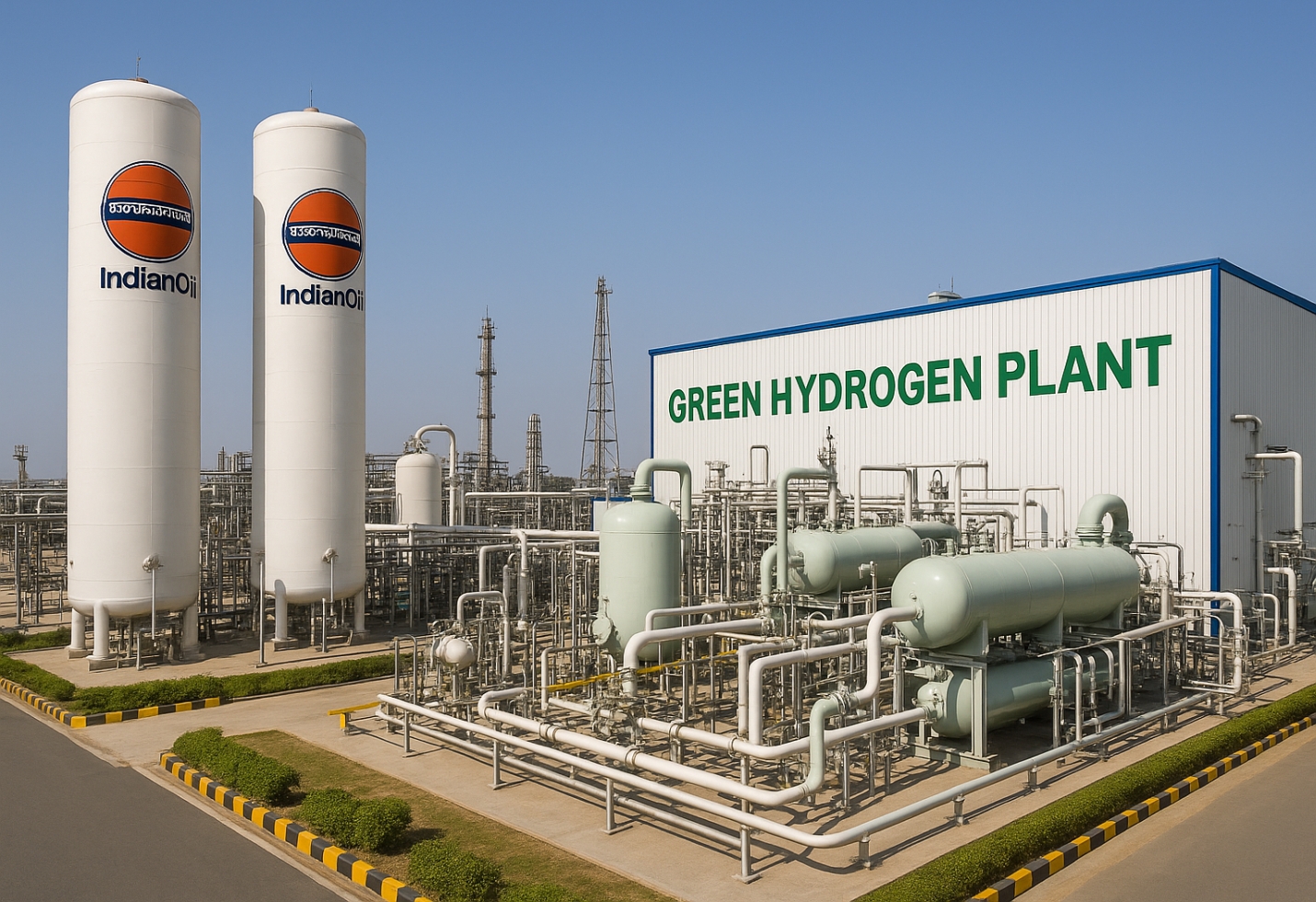Reliance Infrastructure Sets Sights on ₹3,000 Crore Defence Export Mark by FY27
Reliance Infrastructure, spearheaded by Anil Ambani, is making bold moves to expand its presence in the defence export sector, aiming to generate ₹3,000 crore in overseas sales over the next two years. This initiative is part of a broader strategy to strengthen India’s role as a global defence manufacturing hub and aligns with national policies promoting self-reliance.
Meeting Rising Global Demand for Artillery Ammunition
The company is focusing its export efforts on 155 mm artillery shells, which have seen a significant surge in global demand, particularly across European nations. This demand spike is largely attributed to ongoing geopolitical tensions and the consequent need for restocking military supplies. By targeting these markets, Reliance Infrastructure hopes to capitalize on the current shortage of ammunition faced by many countries.
Reliance plans to export defence equipment worth ₹1,500 crore in the fiscal year 2025-26, with a matching target for the following year, aiming to double its footprint in international defence sales.
Building a State-of-the-Art Defence Manufacturing Facility
To support this ambitious export target, Reliance Infrastructure is developing a massive defence manufacturing complex called the Dhirubhai Ambani Defence City (DADC) in Ratnagiri, Maharashtra. Spanning approximately 1,000 acres, this facility is designed to be the largest private defence production site in India.
The project involves a capital expenditure of around ₹10,000 crore and will boast the capacity to produce 200,000 artillery shells annually. In addition to ammunition, the plant will manufacture substantial quantities of explosives and propellants to meet both domestic and export needs.
Its strategic location near Mumbai port offers logistical advantages, facilitating smoother export processes to global markets.
Collaborating with Global Defence Leader Rheinmetall AG
A significant aspect of Reliance’s growth strategy is its partnership with Rheinmetall AG, a renowned German defence company. This collaboration centers on jointly manufacturing and marketing explosives and propellants for medium and large-calibre ammunition.
The alliance will enable Reliance to leverage Rheinmetall’s technological expertise and enhance production capabilities, ensuring compliance with stringent international standards essential for defence exports.
Established Foundations in Defence Manufacturing
Reliance Infrastructure is no stranger to the defence sector, with its subsidiaries such as Reliance Defence Ltd and Jai Armaments Ltd already holding licenses for manufacturing various defence products. The company has an established track record, having exported defence equipment valued over ₹1,000 crore to date.
With the new facility and strategic collaborations, Reliance aims to significantly increase its export volumes and position itself as one of India’s leading private defence manufacturers.
Supporting India’s Vision of Self-Reliance
This initiative dovetails with the Indian government’s focus on boosting indigenous defence production through the “Make in India” and “Atmanirbhar Bharat” campaigns. The government targets defence exports of ₹35,000 crore annually by 2025 and encourages private sector participation to achieve this goal.
Reliance Infrastructure’s investments and partnerships demonstrate the increasing role private players are playing in transforming India’s defence manufacturing landscape.
Navigating Challenges in a Complex Sector
While the prospects are promising, the defence manufacturing sector presents challenges such as high capital requirements, regulatory hurdles, and long development cycles. Additionally, maintaining rigorous quality standards and timely delivery schedules is critical to winning and retaining global customers.
Reliance Infrastructure will need to carefully manage these complexities to fulfill its export ambitions and build a sustainable presence in the international defence market.
Description
Reliance Infrastructure aims to boost its defence exports to ₹3,000 crore by FY27 through a large manufacturing facility and collaboration with Germany’s Rheinmetall AG.
The image added is for representation purposes only










